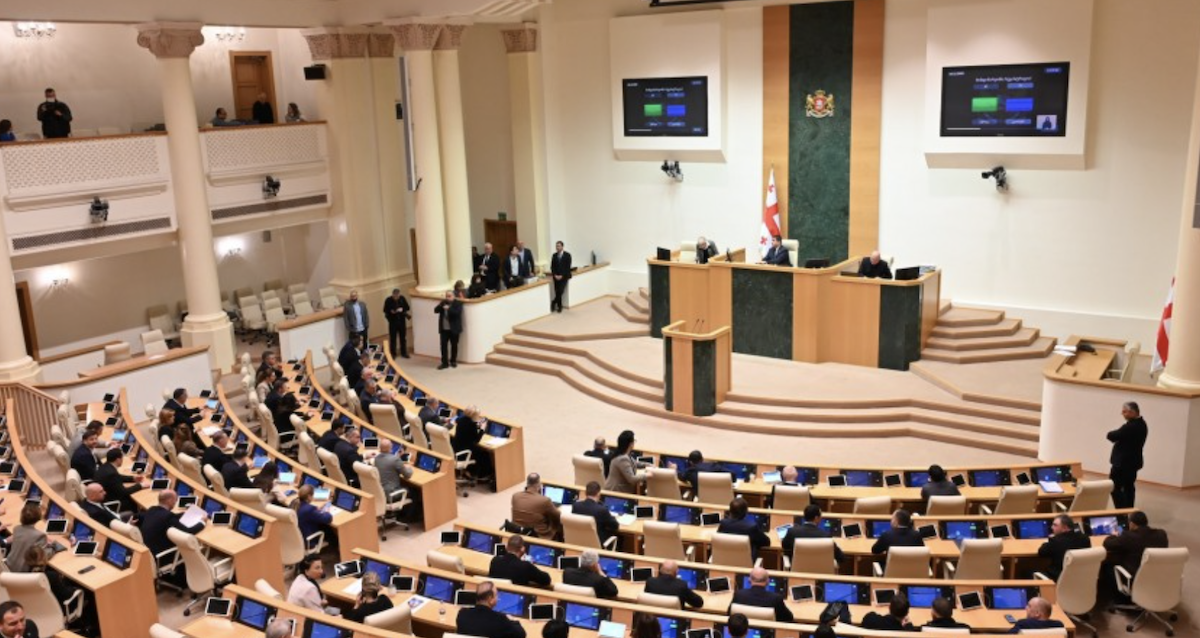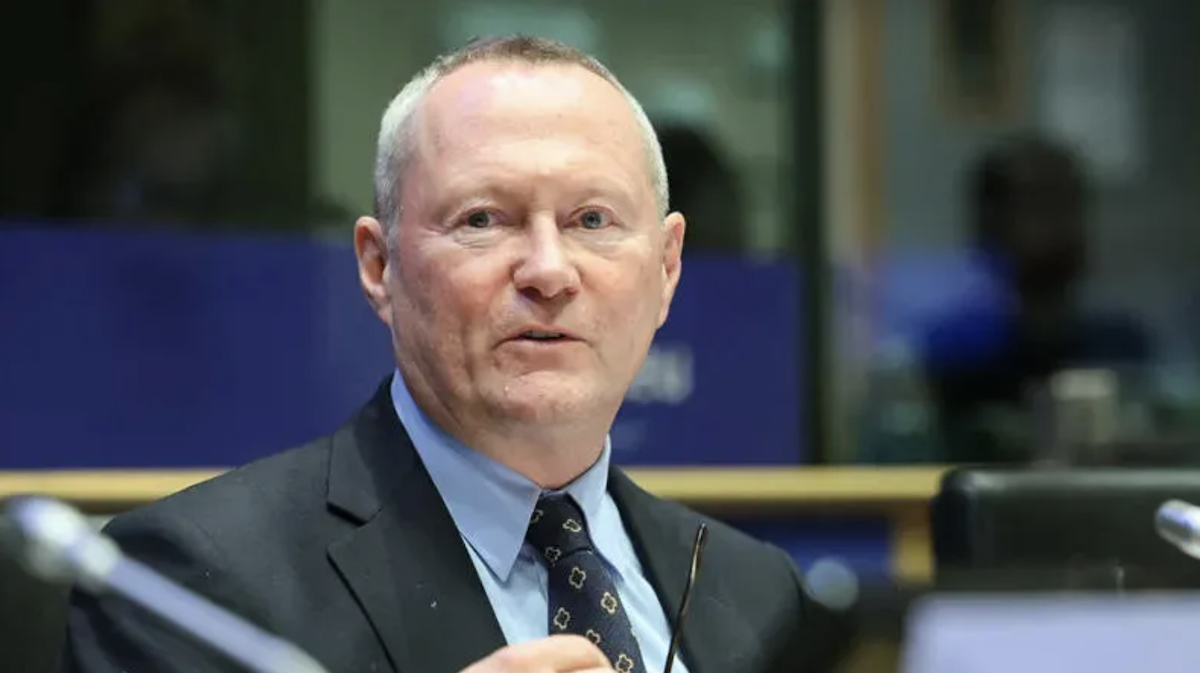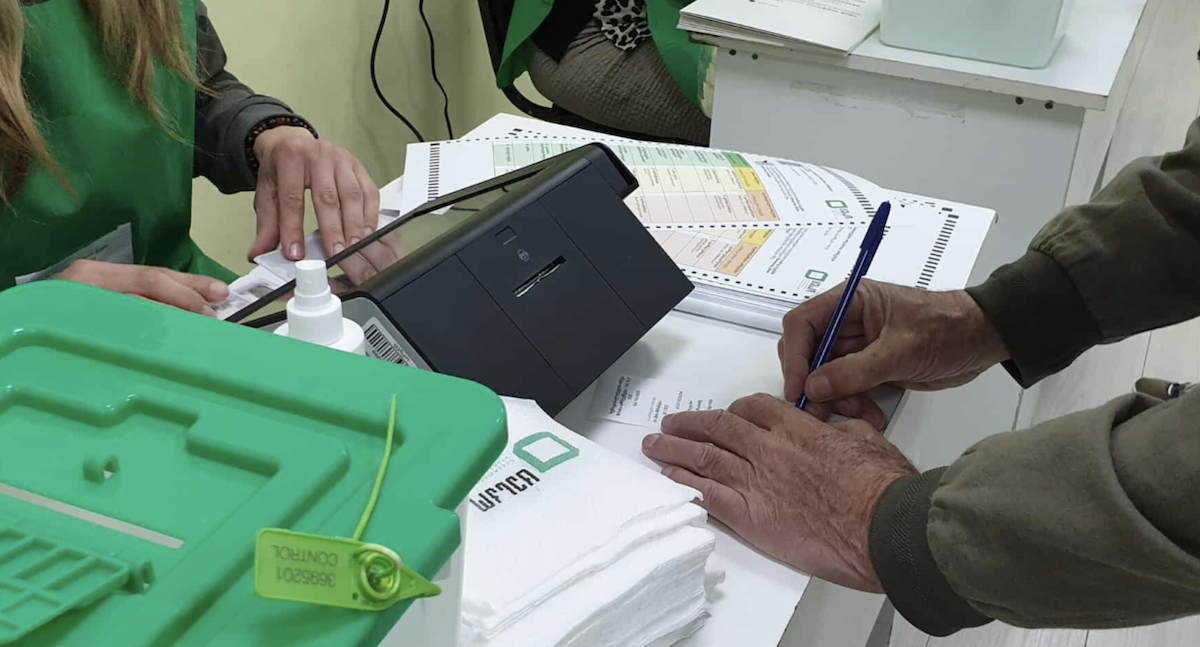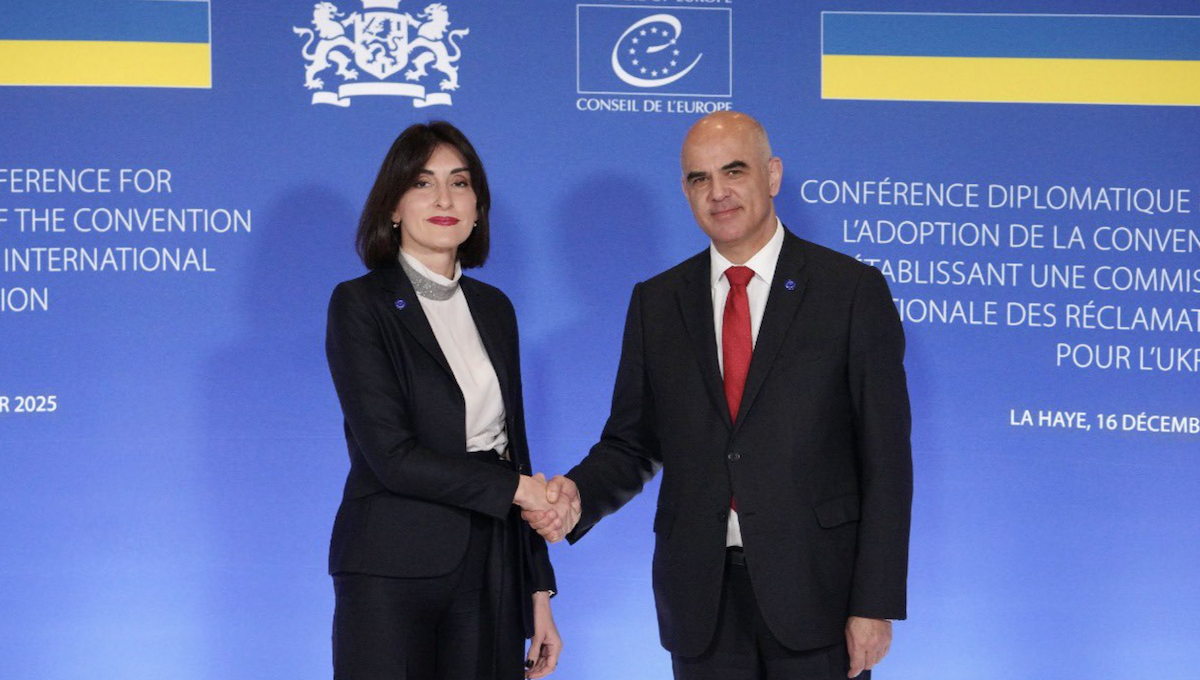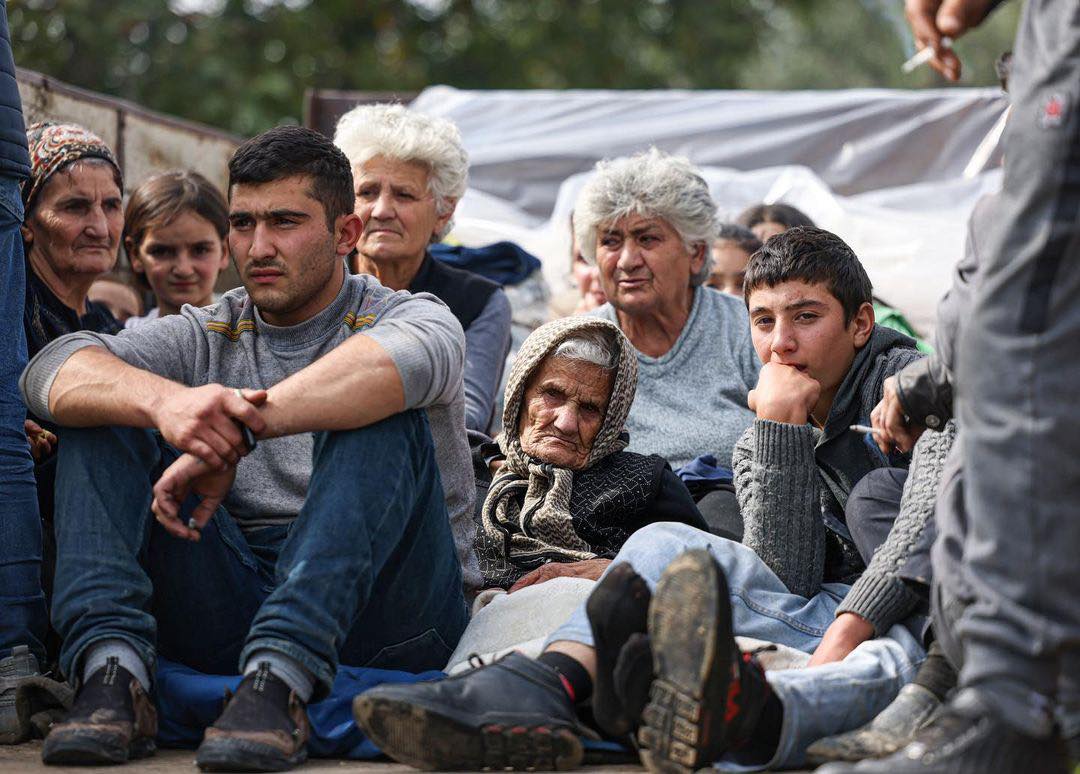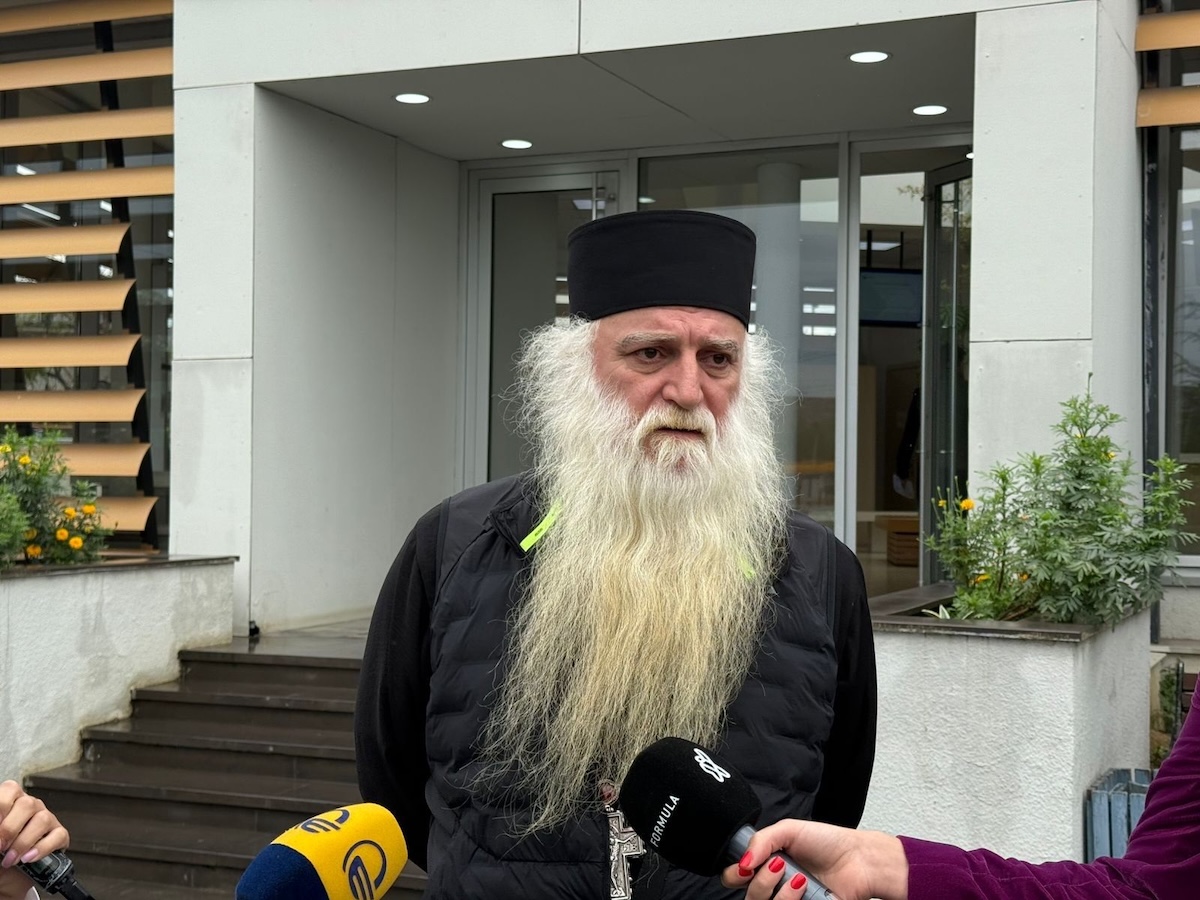How Russia ensures its military with new armaments bypassing sanctions
How Russia circumvents sanctions
Original article on the Hromadske website
Judging by the strikes on Ukraine’s critical infrastructure and the active bombardment of the front line, on the third year of the war, Russia has not experienced the ‘ammunition shortage’ to the extent anticipated by some analysts.
Partially aiding this situation are Russia’s allies, including Iran and North Korea. Additionally, almost bottomless reserves from Soviet times and weapons manufactured prior to 2022 are being utilized.
However, Russia also ensures its military machine with new high-tech armaments, finding ways to bypass sanctions that, in theory, were supposed to prohibit the import of crucial components and equipment necessary for such production.
For the Western pro-Ukrainian coalition, a paradoxical situation has arisen: Ukraine are provided with aid for defense means to counter Russian attacks, which has made possible the “gray” import from Western countries themselves.
- How the Vatican reconciles Ukraine and Russia
- Suwalki, Poland – Russia could launch an attack on NATO precisely from here. Stories from the border town
The dependence of the Russian military-industrial complex
The export of sub-sanctioned military and dual-use goods to Russia from Ukraine’s allied countries has been ongoing for years. Despite significant media attention, the volumes of imports of some critically important components for the hostile defense industry are even increasing.
On the one hand, this is further confirmation that Russia largely relies on foreign supplies even in its own production and is thus vulnerable. On the other hand, even under collective sanctions, it finds ways to continue this supply — this indicates allies` vulnerabilities.
In his video address on April 14, president Zelensky stated that just last week, Russia used 130 “Shahed” kamikaze drones, over 80 missiles, and nearly 700 guided bombs. Zelensky emphasized that Russia still has access to foreign components necessary for the production of missiles and drones.
Each missile striking Ukraine contains dozens of components—electronics and chips—that are supplied by companies from other countries and imported through the territories of Russia’s neighbors. “Shahed” drones also contain components produced in the free world.
President of Ukraine Volodymyr Zelensky
After the full-scale invasion in February 2022, 39 leading producers from North America, Europe, and East Asia immediately introduced export controls on a wide range of goods considered critical for the Russian defense industry.
At that time, Russia became the most sanctioned country in the world: approximately 16,000 individuals and companies were subject to international export restrictions. This list continues to grow to this day.
However, strict export controls have not stopped the flow of advanced electronics and equipment into Russia through third countries—such as Kazakhstan, Turkey, China, and the United Arab Emirates.
An investigation by the Japanese outlet Nikkei Asia revealed a tenfold increase in semiconductor exports from China to Russia immediately after the start of full-scale war—most of them from American manufacturers.
In 2023, Ukraine’s National Agency for Corruption Prevention created a unified electronic database of foreign components in Russian weapons. The list is updated as experts identify new components.
For example, in February 2024, chips found in “Shahed” drones were added to the list: of the eight new components, five were produced in the USA, three in China, and one in Switzerland.
According to the German newspaper Die Welt, Russia produces 30 “Shahed” drones per day, and by the end of 2024, this figure could increase to 87 “Shahed” drones per day.
However, it is not only about UAVs but also about more complex weaponry—rockets, radars, or aircraft—production of which depends even more on Western equipment and components.
According to Alexander Musiyenko, the head of the Center for Military Legal Research, the Russian defense industry cannot produce precision weapons without Western components.
In fact, 95 percent of all critical components found in Russian precision weapons are obtained from countries providing military assistance to Ukraine.
72 percent of foreign components come from companies based in the United States, according to a report prepared by the Kyiv School of Economics and the International Working Group on Sanctions against Russia, led by the head of the Ukrainian president’s office Andriy Yermak and the director of the Freeman-Sopel Institute of International Studies, Michael McFaul.
Components from China, meanwhile, account for only four percent of nearly 2,800 important parts.
Dual purpose
Russia’s main loophole is chips, semiconductors, software, boards, and other components that can be used in both civilian and military sectors. Therefore, regulating their import is not so simple.
Precisely the dual-use goods of Western production are important elements of weapons produced in Russia, especially when it comes to missiles, noted Alexander Musiyenko in a conversation with Hromadske.
Russia is not self-sufficient in missile production and requires imported components. If Russia were completely cut off from importing such components, it would be a painful blow to the Russian military-industrial complex.
Alexander Musiyenko, head of the Center for Military-Legal Research
Ukraine discovered no fewer than 7,500 foreign components in Russian missiles and drones after the massive attack on Ukrainian energy infrastructure on March 22, 2024.
The majority of these components are dual-use goods, widely used in the defense industry.
However, completely blocking the export of dual-use goods to Russia is very difficult, according to Alexander Musiyenko, head of the Center for Military-Legal Studies.
“The global arms market operates on the following principle: if there is demand, there will be supply. There will be those who, despite the threat of criminal liability, will help Russia bypass sanctions,” Musiyenko asserts.
This applies not only to equipment and parts but also to critical substances. Despite sanctions, Russia has managed to double its imports of nitrocellulose – an explosive necessary for artillery shells.
In 2022, it was imported into Russia 70 percent more than in 2021. In 2023, this figure was also higher than before the full-scale invasion.
Nitrocellulose is a dual-use commodity also used in the production of varnishes, paints, and inks. Several countries produce this substance – including Russia. However, Russian facilities lack sufficient amounts for military needs, and therefore, uninterrupted access to nitrocellulose is ensured by circumventing sanctions.
Although the United States and the European Union have banned any export of nitrocellulose to Russia, the aggressor country continues to receive this scarce substance from companies in America, Germany, and Taiwan. The shipments of nitrocellulose to Russia and China have increased.
But the most common critical component of Russian military equipment is semiconductors.
Ukrainian specialists found Western-made microchips in every type of Russian equipment. Chinese substitutes for Western semiconductors still lag behind in technological development and quality of Western products, so Russia relies on precisely Western-made goods.
A significant portion of the computer components used in Russian ballistic and cruise missiles are purchased for non-military purposes for the Russian space program, Roscosmos.
According to a report by the Kyiv School of Economics and the International Working Group of Yermak-McFaul, during the ten months of 2023 – from January to October – Russia imported dual-use goods worth more than 22 billion dollars.
In particular, last year Russia imported a large amount of navigation equipment, various sensors, and bearings worth more than two billion dollars; car parts – worth 5.63 billion dollars; communication equipment – worth 3.38 billion dollars; semiconductors – worth 2.21 billion dollars; computer parts – worth 2.94 billion dollars; other electronics – worth 5.37 billion dollars.”
Sanctions circumvention
In addition to high-tech dual-use components, Russia has managed to import even large volumes of goods specifically intended for military purposes.
According to a report by the Center for Strategic and International Studies (CSIS) and the Yermak-McFaul group, in 2023, the import of military goods into Russia nearly fully resumed after the imposition of sanctions, reaching approximately 90 percent of pre-full-scale invasion levels.
From January to October 2023, Russians imported military goods totaling an astounding sum of over $8 billion. Among these purchases, special equipment for weapon production holds significant importance.
Despite the sanctions, Russia actively acquires Computer Numerical Control (CNC) machines — automated machines that independently execute given commands.
CNC machines are critically important for the production of microelectronics, aircraft components, and parts for missiles and drones. In fact, modern weapons are practically impossible to produce without the use of such equipment.
The European Union has banned the export of CNC machines to Russia, as well as the transit of such equipment through Russian territory. Japan, a leader in this sector, has also prohibited the export of this equipment to Russia.
Well, as you may have already guessed, these sanctions haven’t stopped Russians. According to the aforementioned CSIS report and the Yermak-McFaul group, from January to October 2023, Russia imported CNC machines worth $189 million, and an additional $103 million worth of spare parts for them.
This is more than an 88 percent increase compared to pre-full-scale invasion levels.
CNC equipment manufacturers are concentrated in a small number of countries. The global leader in this sector is Germany; significant roles are played by South Korea, the United States, Japan, China, and Taiwan.
It was manufacturers from countries that joined the sanctions against Russia who supplied 97.8 percent of CNC machines and their parts to Russia from January to October 2023 — predominantly through third countries.
A large portion of such equipment is sold and delivered to Russia by companies from China and Turkey.
How Russia circumvents sanctions and what to do about It?
Shortly before the onset of the full-scale invasion of Ukraine, Russia significantly increased its import of critical components vital to its military-industrial complex (MIC), likely as a preemptive measure in anticipation of future procurement challenges. Following the imposition of export controls by allies, imports indeed dropped by nearly 50 percent from March to June 2022.
However, by the fourth quarter of 2022, imports of critical components had actually increased by 9.3 percent compared to the same period in 2021, when Russia was already actively procuring these goods. By the end of 2022, Russia managed to reconfigure its supply chains and find ways to obtain Western components bypassing sanctions.
The most vulnerable point of sanctions mechanisms is the weak export control over the supply of dual-use and military-purpose goods to third countries. If necessary components cannot be procured directly, Russia utilizes neutral countries as transit hubs, explains American economist Robin Brooks.
This scheme is vividly demonstrated by significant growth in exports from EU countries to Central Asia and the Caucasus. Neither domestic consumption nor previous re-export statistics could explain such striking changes in procurement — the conclusion regarding Russia’s role in this is evident.
To strengthen control over the export of military and dual-use goods, the authorities of producing countries should contribute to improving systems for exchanging data on sensitive trade activities. This entails exchanging customs data among countries that have joined sanctions against Russia, as well as third countries that Russia uses to circumvent sanctions.
The Yermak-McFaul group recommends that governments of producing countries closely collaborate in investigating potential violations and monitor any signs of abnormal growth in exports.
Since sanctions evasion tactics often resemble money laundering tactics, the existing regulatory framework for monitoring this activity can be applied to violations of export control. Additionally, introducing additional sanctions against Russian banks could restrict channels for import payments, thus promoting more stringent export control.
To effectively counter sanctions evasion, among other measures, coordination between countries and harmonization of lists of dual-use items are necessary. This would prevent misclassification of dual-use items in customs declarations and reduce the risk of diverting critical components for aggression against Ukraine.
Shifts are already underway. Last week, the Council of Europe decided to criminalize violations of sanctions on trade with Russia. However, this provision will not take effect immediately, as EU governments must implement it into their national legislation, a process that may take up to 12 months.
Meanwhile, the European Union is preparing its fourteenth package of sanctions against Russia, primarily aimed at closing Russian loopholes for procurement.
Enhancing sanction mechanisms takes time. The more Russian loopholes for sanctions evasion are closed, the more costly it becomes for them.
Alexander Musiyenko, Head of the Center for Military-Legal Research
Clearly, Russia will not abandon attempts to find new ways to evade sanctions and will continue to seek critical components for its military machine by all means necessary. Therefore, it is crucial to monitor this, identify such methods, and block them through unified reinforcement and improvement of sanction mechanisms.











